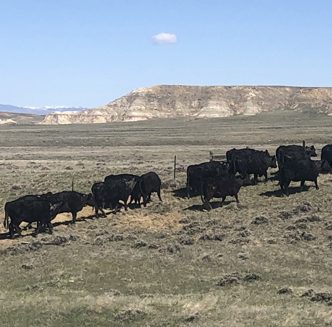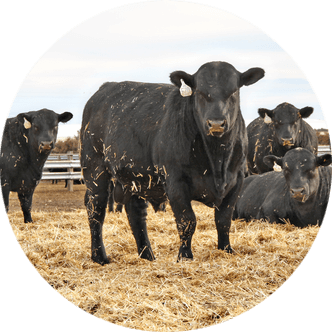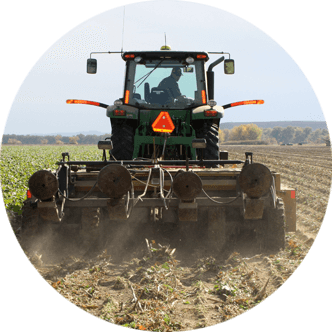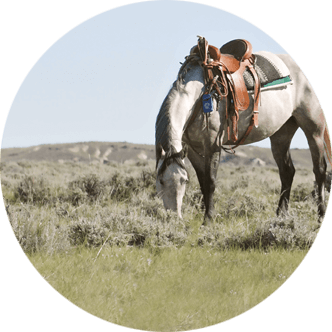Beef Industry Outlook: CattleFax expert shares insight into what lies ahead for the U.S. cattle market
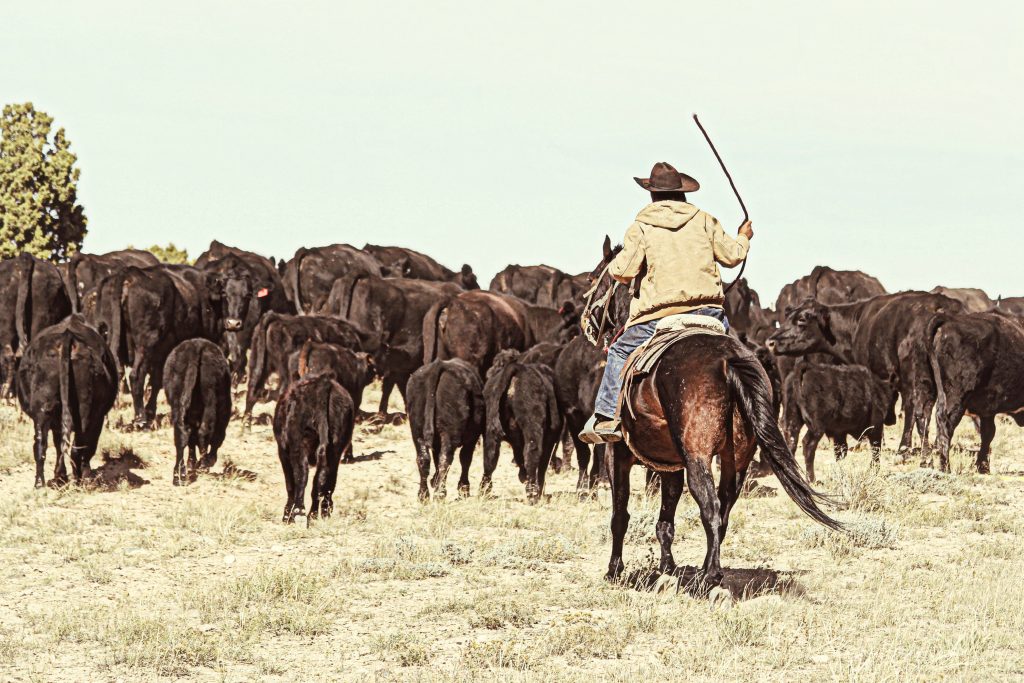
Unwavering demand for U.S. beef, record-high prices for live cattle and indications of a herd rebuild have market experts optimistic about the future.
During the 2025 Cattle Industry Convention and Trade Show, hosted by the Wyoming Stock Growers Association June 2-4 in Laramie, CattleFax Director of Global Meat Analysis and Research Mike Miller dived into what lies ahead for the U.S. cattle market.
“Overall, our industry is very healthy. Hopefully, we can continue some of this momentum so 2026 is a bit better than we planned for,” he stated.
Herd rebuild
In line with the resounding message CattleFax experts have shared across the nation, Miller noted there are several indications the U.S. cattle herd may be rebuilding following its 70-plus year low.
First, he pointed out drought has been one of the biggest reasons producers were downsizing, but he believes the U.S. Drought Monitor (USDM) looks better than it’s looked for the past couple of years for “beef country.”
“The southeast part of the country is in pretty good shape, and it’s home to about 25 percent of the nation’s cattle,” he said. “Then we’ve got about two-thirds of all mama cows in the country located in the South and North-Central Plains, which is where we’ve had some localized drought. But based on where we are at this spring, I think there is a little bit more optimism.”
“Drought has really had the most significant impact on our ability as an industry to shift gears and start to grow, and when we’re talking about expansion, more so than anything – in many cases – it just means restocking back to old numbers,” he added.
With this, Miller said it is still important to understand how long drought conditions appear to improve because the decision to restock or expand is “not just a six-month decision.”
“Even when these monitors improve or look like they are improving, we still have to keep in mind there are a tremendous number of cows around the country in areas still impacted by some level of drought, and this is part of what’s really keeping us from truly expanding,” he explained.
Another indication Miller mentioned is cattle on feed and slaughter numbers are down. Both are signs restocking and expansion may be starting to take place.
“We are seeing fewer heifers being placed, and we’re seeing fewer heifers as a percentage of the total coming out in the sale receipts from auctions across the country,” he said.
Although the signs are there, Miller noted restocking and expansion will take some time. CattleFax anticipates beef cattle numbers as of Jan. 1, 2026 to be the same as they were on Jan. 1 of this year, then they will start to grow around 2027-28.
“Now keep in mind, a lot can happen. We can have a spike in corn prices. We can have drought take back over, especially in the central part of the country, but based on everything we see today, we are doing everything a market tends to do in this part of the cycle,” Miller stated.
Cattle supplies
With placements running well below year-to-date levels and trade restrictions at the Southern Border in place, Miller noted supplies are “extremely tight.”
He explained cattle on feed numbers are about a percent and a half below last year’s levels, with the decline most noticeably felt in the Texas region.
“We’ve got way more empty pen space in Texas than we’ve had at any time in the last several years, and a big part of this is the fact Texas is the biggest user of feeder cattle and calves coming across from Mexico,” he said. “They don’t have any other place to get inventory from in the short term – they pulled cattle really hard out of the Southeast, but they’ve done about as much as that as they can – so availability is an issue.”
“And, there is some real concern, feedyards might have to close, which wouldn’t be good for anyone in the country,” Miller added.
Additionally, he noted, over the past couple of years, cattle have tended to stay on feed longer, which is causing widespread disruption to what was a “very normal seasonal pattern” in the cattle market.
“We’ve always talked about an April or early May kind of high, but this has been adjusted and now it occurs in late May, early June and sometimes even late June,” he said. “I would anticipate next year, unless something is dramatically different, we would have a late May, early June cattle high.”
He continued, “This year, the overall supply looks relatively flat as we go through the early part of the summer. We have to get into fall before we start to get concerned, so our job as a feeding industry is to not get behind this summer and not end up with a front-end supply.”
According to CattleFax, packers are responding to this more abnormally than they anticipated. Instead of ramping up slaughter to 40 hours from the normal 32 to 36 hours, they are going to stay at 36 hours for the foreseeable future.
Because supplies are down, Miller further noted there has been no indication from packers that there will be a discount placed on heavy cattle.
“There’s always a little bit of discounting that goes on when cattle get way too big, but for the most part cattle feeders can make them about as big as they want,” he stated.
Imports and exports
On the trade front, Miller noted exports have actually been better during the first quarter than originally anticipated, and the situation with China is currently top of mind.
“The big thing from an export standpoint is we don’t have access to China right now,” he stated. “On an annual basis, China is worth about 400 million pounds a year, so it’s a big market – one of the top three markets for U.S. beef throughout the world.”
In addition to tariff wars taking place between the two countries, Miller also noted earlier this spring, China let all of their export certificates for beef, pork and chicken expire, and while pork and chicken are back in business, beef is not.
“In our view, we’re a bargaining chip,” Miller explained. “For all intents and purposes, we’re just going to assume we’re not going to ship a lot of product in Calendar Year 2025.”
With this, he noted exports in Japan have slightly rebounded the past couple of years and trade with South Korea has been good.
Also, despite President Donald Trump’s sweeping tariffs, the industry has continued to see huge amounts of imports so far this year.
“We are the hottest market in town, and countries are shipping us product,” Miller said. “We are probably going to end up importing between 10 to 15 percent more beef than we did a year ago.”
Cattle prices
Miller wrapped up his presentation by mentioning the extremely high price of feeder cattle, with reports of calves selling for as much as four dollars per hundredweight.
“Prices are high, they are high everywhere, and they are going to be high for the foreseeable future,” stated Miller.
“For cows, it’s the same thing. Utility cow prices are going to remain really high as we go through the balance in the next couple of years,” he added.
With this, Miller mentioned moisture and subsoil conditions in the Corn Belt might be of concern, and corn prices have the potential to trend a little bit higher.
“I don’t think there’s anything to be really concerned about from a corn price standpoint,” he concluded. “I think it’s going to be relatively tame, but it’s something we need to monitor and pay close attention to as we go through the year.”
Hannah Bugas is the managing editor of the Wyoming Livestock Roundup. Send comments on this article to roundup@wylr.net.

